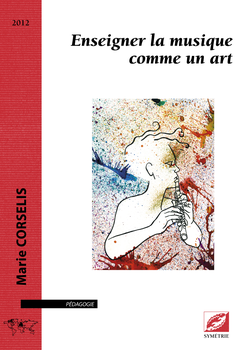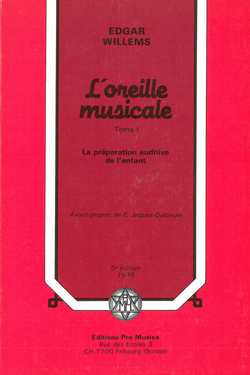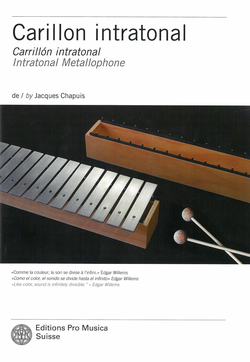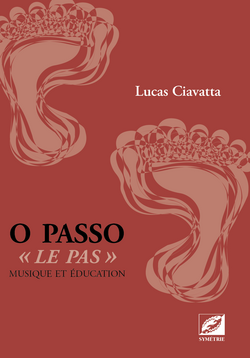Singing upon the book, Cantare super librum, A practical manual for polyphonic improvization of the Renaissance
Singing upon the book is a Renaissance practice of adding one or several voices to a written melody, the cantus firmus. Singers improvized new voices to this given melody, which could be plain chant, chansons, psalms — whatever was available — creating counterpoint ‘on the spot’.
Starting with gymel (2 voices), continuing to fauxbourdon (3 voices) and then to counterpoint for 4 or 5 voices, this practical manual examines and explains the different methods and techniques of improvization over a cantus firmus, as well as techniques without a cantus firmus, such as canons for 2 or 3 voices.
For each technique, detailed instructions are given for the improvization of each voice, illustrated by musical examples. Preparatory exercises and tips for practicing provide guidance to insure the student’s progress.
In the second half of this book, a collection of melodies taken from sacred literature (anthems, hymns and psalms) as well as secular sources (chansons, carols, laudes) provide material for applying the techniques of improvization explained in the first part. The beautiful melodies from the chansonniers of the 15th and 16th centuries (Bayeux, Palacio, Chardavoine, Lochamer Liederbuch) are especially well represented.
This book is intended for every aspiring or established musician – amateurs, teachers, and professionals, singers as well as instrumentalists. Each reader will be able to find the appropriate advice to develop the skills which correspond to his wishes and abilities.
This manual can also be used as a tool to learn about techniques of arranging and composing in the style of the Renaissance.
Table of Contents
-
Préface “Improvization in the Renaissance style”6
Jean-Yves Haymoz
- Foreword
- Advice for improvizing
-
For 2 voices
- 1. Canons
- 2. Gymel
- 3. One ornamented voice above a cantus firmus
- 4. Pleasing combinations for 2 voices
-
For 3 voices
- 5. Fauxbourdon
- 6. Gymel with contratenor bassus
- 7. Gymel with “mixed” contratenor
- 8. Canons on the cantus firmus
- 9. In tenths with the cantus firmus
- 10. In tenths around the cantus firmus
- 11. With 2 ornamented voices above the cantus firmus
- 12. Canons for 3 voices
- 13. Pleasing combinations for 3 voices
-
For 4 voices
- 14. 3 voices on an ornamented cantus
- 15. 3 embellished voices on a cantus firmus
-
For 5 voices
- 16. 4 ornamented voices on a cantus firmus
- 17. Double canon on a cantus firmus
- 18. Melodies for improvization
- 19. Elements of theory
- 20. Bibliography
Press review
Alles in allem handelt es sich bei Chanter sur le livre um ein höchst empfehlenswertes Lehrbuch, das viel verspricht und viel hält.
Kilian Sprau, Gesellschaft für Musiktheorie
La partie explicative est toujours claire, avec moult encarts, définitions, rappels, et exemples. […] Les invitations à essayer sont nombreuses et bienvenues ; mais l’ouvrage s’avèrera également utile pour ceux qui désirent comprendre comment fonctionne tout un pan de la musique “Renaissance”, quelles sont les règles avec lesquelles bien des compositeurs ont appris leur métier, au sens artisanal du terme. Ajoutons que la présentation est tout à fait agréable, ce qui ajoute au plaisir de “côtoyer” le livre. […] Bref, Chanter sur le livre est un livre réussi : il donne furieusement envie de réunir quelques personnes, et de s’y mettre. »
Loïc Chahine, Le Babillard








